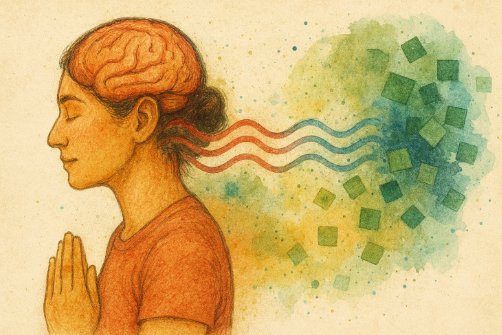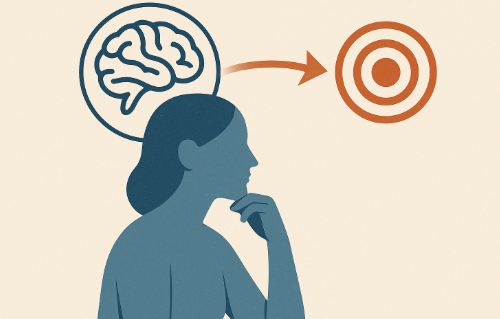EMDR
Heal the Root, Not Just the Symptoms
Sometimes talk therapy alone isn’t enough—especially when the past keeps showing up in the present. EMDR (Eye Movement Desensitization and Reprocessing) is a powerful, research-supported therapy that helps the brain reprocess distressing memories, so they no longer interfere with your day-to-day life. At Changing Tides Counseling, we use EMDR to help clients uncover and resolve the deeper wounds driving anxiety, emotional reactivity, or self-doubt.
What Can EMDR Help You With?
What Can EMDR Help You With?

EMDR is especially effective for experiences that have become stuck or unprocessed, often below the level of conscious awareness. Clients come to us for EMDR when they feel like they’ve tried everything else—or when their current patterns just don’t make sense logically.
EMDR may help you if you:
- Feel emotionally hijacked by certain people, places, or situations
- Struggle with chronic anxiety, panic attacks, or phobias
- Experience persistent shame, guilt, or self-criticism
- Have flashbacks, nightmares, or body memories
- Are navigating the pain of grief, loss, or betrayal
- Feel triggered by relationship dynamics you don’t fully understand
- Have survived childhood trauma, abuse, or neglect
- Are in recovery from substance use or other compulsive behaviors
- Are tired of repeating patterns that no longer serve you
- Simply feel stuck and want deeper clarity about what’s holding you back
How Does EMDR Actually Work?
How Does EMDR Actually Work?
Your brain is naturally wired to heal—just like your body. But when something overwhelming happens and your nervous system can’t process it at the time, your brain stores the memory in a “raw,” fragmented form. These unprocessed memories can be reactivated later by current stressors, often without your full awareness.
EMDR uses bilateral stimulation—such as guided eye movements, tapping, or alternating tones—to help your brain re-access and reprocess those memories. It’s not about re-living the pain—it’s about helping your nervous system complete what was unfinished, and make sense of the past in a new, more empowered way.
What Does an EMDR Session Look Like?
We take your comfort and emotional safety seriously. EMDR is not something we rush into. You and your therapist will build trust and a strong foundation first. Here’s what you can expect:

Phase 1: History + Target Mapping
We explore your background and identify patterns, memories, or beliefs that feel connected to your current struggles. Together, we create a roadmap for healing.

Phase 2: Preparation
You’ll learn grounding tools, nervous system regulation techniques, and coping strategies to use both in and outside of sessions. We’ll never start processing until you feel ready.

Phases 3–6: Reprocessing
You’ll choose a specific target memory to work on. While focusing on aspects of the memory, your therapist guides you through bilateral stimulation (BLS). You might notice thoughts, emotions, body sensations, or images arise—your brain takes the lead. Over time, the charge around the memory fades, and new, healthier beliefs begin to take root.

Phase 7: Closing the Session
Each session ends with a grounding process to help you return to the present moment feeling centered and safe.

Phase 8: Reevaluation
We check in on the memory in later sessions to make sure the healing is lasting—and to see if new insights or targets have emerged.
It’s a flexible, dynamic process—not a rigid protocol. You’re in the driver’s seat.
We’re just here to guide you safely.
Is EMDR Based on Science?
Yes. EMDR has been extensively researched for decades and is recognized by organizations such as the American Psychiatric Association, the Department of Veterans Affairs, and the World Health Organization as an effective treatment for trauma and post-traumatic stress.
EMDR’s success is often linked to its use of bilateral stimulation, which mimics the brain’s natural processing mechanisms—similar to what happens during REM sleep. It’s believed this process helps integrate fragmented memories and reduce the emotional intensity of past experiences.
Curious About EMDR?
Let’s Talk.
Whether you’re new to therapy or a seasoned client looking for a different approach, EMDR may help you create lasting change where talk therapy alone has stalled. It’s not a quick fix—but it is a profound one.
Schedule a free consultation today to see if EMDR is a good fit for your healing journey.





